Complex is Universal
Building Basic Gates from Universal Gates
NAND and NOR gates are called universal gates because any other logic function can be created using only one type of these gates.
Using Only NAND Gates
- NOT Gate from NAND: To create a NOT gate (an inverter), connect the two inputs of a single NAND gate together. This combined connection becomes the single input for your new NOT gate.
- AND Gate from NAND: To create an AND gate, use two NAND gates. First, connect your inputs (A and B) to the first NAND gate. The output of this gate is then connected to both inputs of a second NAND gate (which acts as a NOT gate). The final output is the AND function.
- OR Gate from NAND: To create an OR gate, use three NAND gates. First, create two separate NOT gates (one for input A, one for input B) by connecting the inputs of two NAND gates. Then, connect the outputs of these two inverters to the inputs of a third NAND gate.
Using Only NOR Gates
- NOT Gate from NOR: To create a NOT gate, connect the two inputs of a single NOR gate together.
- OR Gate from NOR: To create an OR gate, use two NOR gates. Connect your inputs (A and B) to the first NOR gate. Then, connect the output of that gate to both inputs of a second NOR gate (acting as a NOT gate).
- AND Gate from NOR: To create an AND gate, use three NOR gates. First, create two NOT gates (one for input A, one for input B). Connect the outputs of these inverters to the inputs of a third NOR gate.
| Gate | F = A + B | F = AB | F = A' |
|---|---|---|---|
| OR Gate | 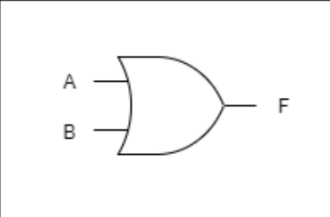 |
- | - |
| AND Gate | - | 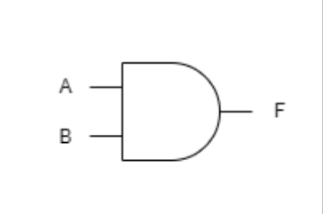 |
- |
| NOT Gate | - | - | 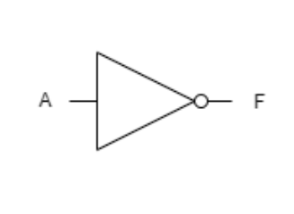 |
| NOR Gate | 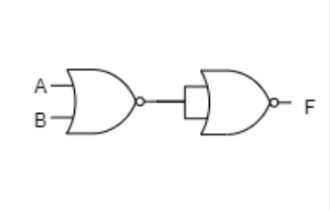 |
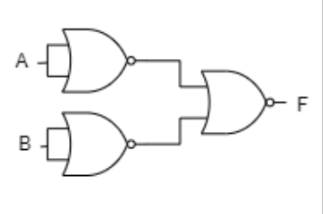 |
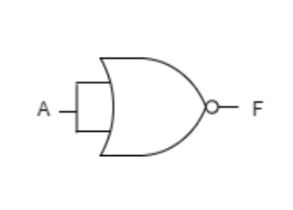 |
| NAND Gate | 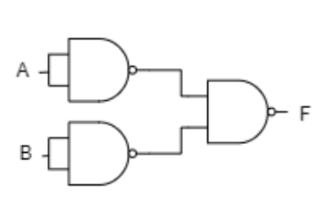 |
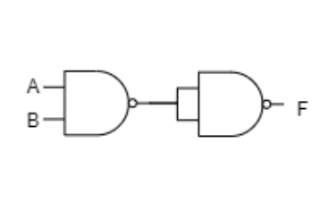 |
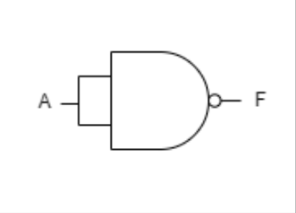 |

No comments to display
No comments to display